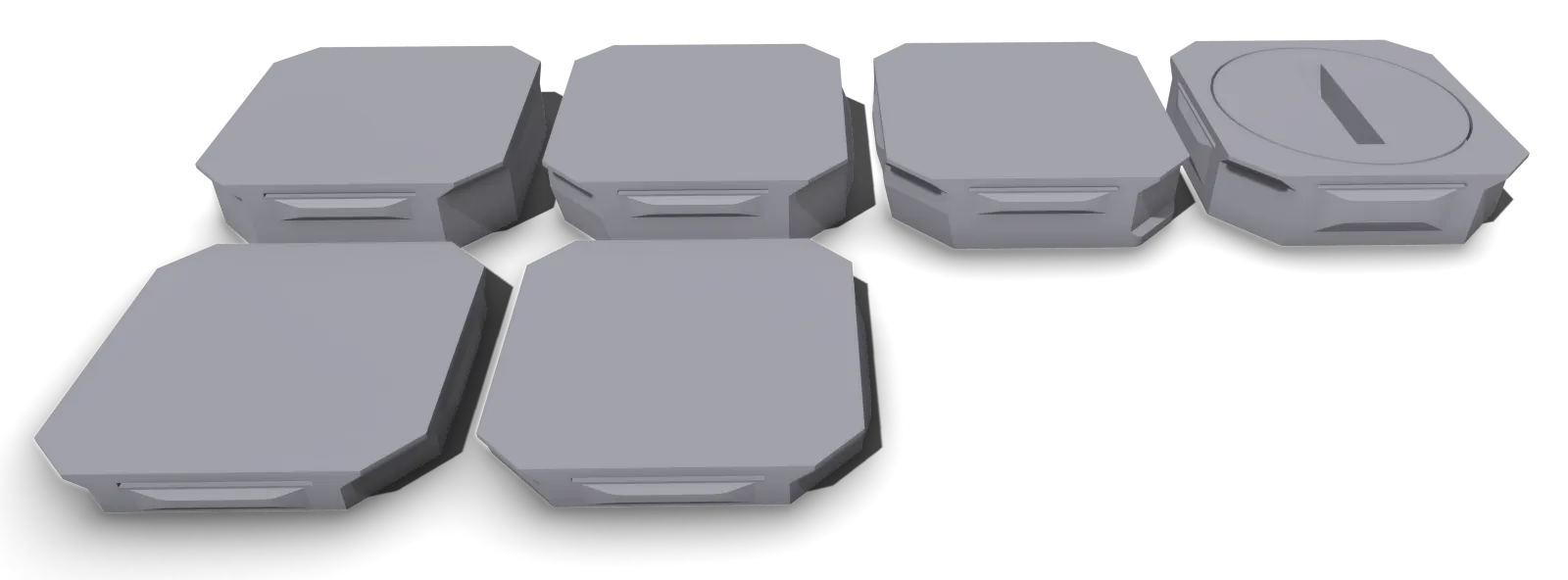openGrid modeling
openGrid tried to provide as much as possible to support you creating your own models. May those be based on the snap layout, the board itself or just using the dimensional docs to support your own creating. This page tries to collect some basic tips about modeling for openGrid.
The opengrid goals
Section titled “The opengrid goals”When you create your own models I would kindly ask you to follow those generic guidelines. This ensures the openGrid system won’t fragment and keeps on flourishing.
- Provide source or STEP files for others to remix, modify and extend.
- Keep the license open.
- Follow a minimalisic design, use as little parts as possible.
- Try to keep things compatible to living room situations.
(You may of couse skip this for your workbench tool holder 😎) - Adhere to the board base dimensions, don’t change those.
Creating your own snaps
Section titled “Creating your own snaps”
openGrid provides a wide range of different snap types. The ones shown here are only meant to be used for modeling, creating your own snaps. The snaps itself provide no features besides being compatible with openGrid itself. So you may punch holes into those, use threads of anything you like.
The different snaps:
- The normal snap can be pushed onto the board and will be held in places there lightly.
- The directional snaps need to be pushed in at one side and then swiveled into the board. There is an arrow on the snap’s back to show you which part needs to go in first. Those snaps can hold some weight when used in the correct orientation.
- The lock snap (BETA) is a snap that can be pushed in normally and then be twisted to lock the side snaps into place. It then can also hold some weight, but without any directional restrictions.
Use the bare snap that fits your need the best. Use the lite version when you want to support the lite and full board versions of openGrid. Note that the lite snaps use only 3.4mm of the 4mm openGrid board thickness, you can attach two of those into the same full tile from both sides.
Use Multiconnect
Section titled “Use Multiconnect”Multiconnect is a very generic system to attach things to your board. With Multiconnect again there are various modeling files. You may use those to create your own models based on the provided back channels as well as using the negatived to cut such a channel to any existing model.